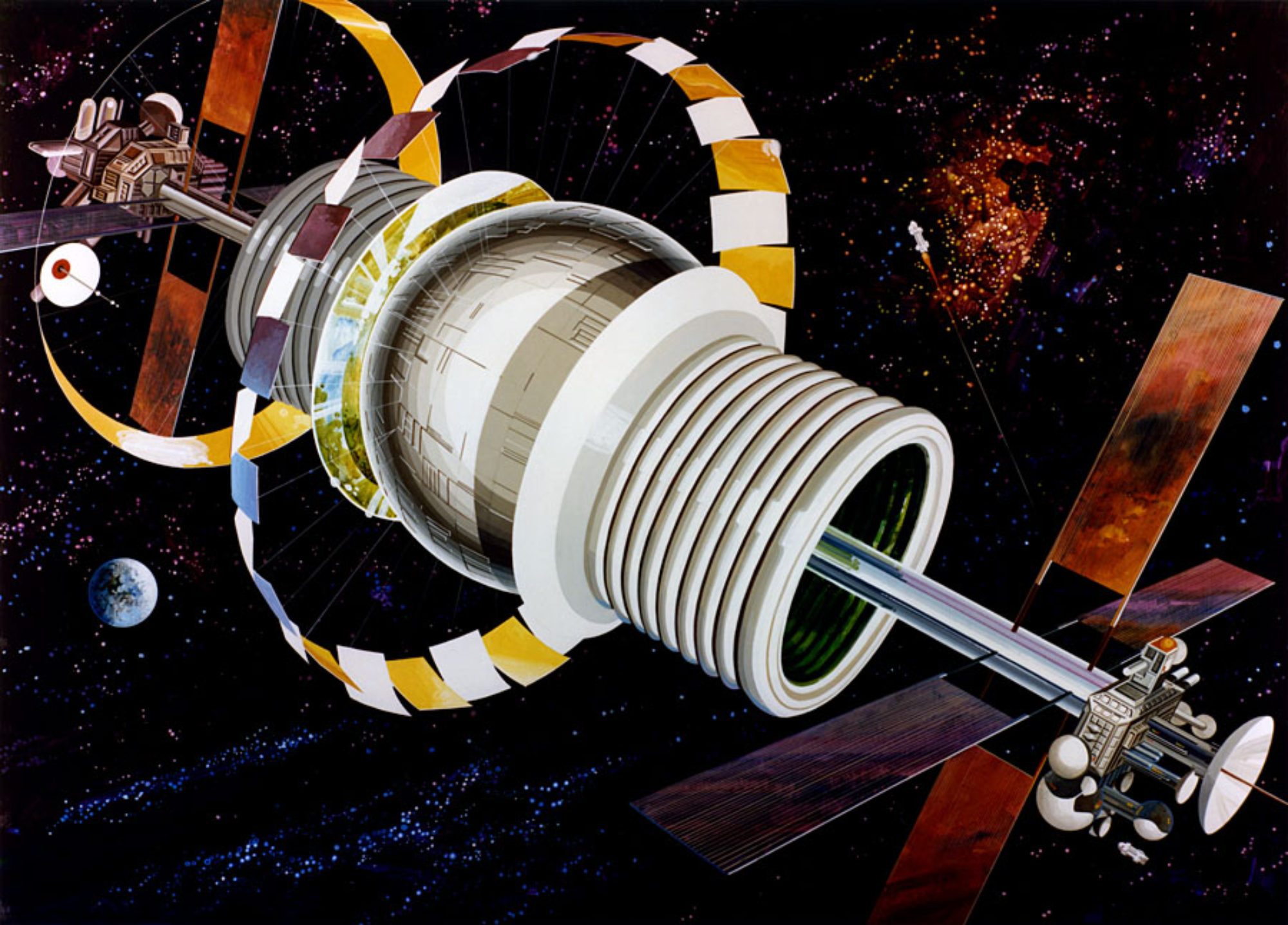
It is obvious that establishing settlements on the Moon with be difficult. It’s a harsh environment presenting many risks to the health of humans who may wish to live there including radiation, bombardment by micrometeorites, lack of breathable air, and a host of other hazards which will demand rigorous engineering solutions to design safe and livable structures. But Haym Benaroya, professor of mechanical and aerospace engineering at Rutgers University is up for the challenge. In fact, he literally wrote the book on engineering approaches to building lunar habitats. He and his students have been developing novel methods for automated deployment of structures to house future lunar explorers. These type of engineering solutions would allow deployment of large habitable structures prior to the arrival of occupants, thereby minimizing radiation exposure. SSP has had the privilege of covering one such novel approach that combines a foldable rigid framework with an inflatable dome called the Hybrid Lunar Inflatable Structure, the subject of the master’s thesis of one of the professor’s students, Rohith Dronadula.
In a recent paper in Acta Astronautica, a group of Benaroya’s students further refined this approach. Luke Brennan, coauthor on the article, provided the following remarks on progress of the design effort:
“The hybrid lunar inflatable structure (HLIS) underwent three years of development by student teams at Rutgers University to go from an initial concept laid out by Dronadula and Benaroya [2021] to a functioning proof of concept. The design combines safety elements found in rigid structures with the large habitable volumes offered by inflatable designs through an inflatable membrane attached to the rigid center column. The baseplates are folded during transportation to better fit within rocket payloads and can be deployed autonomously once on the lunar surface. When unfolded, the structure expands 2.25x in diameter, representing a 5x increase in floor area.
“Manufacturing constraints set the foundation for the design process. Ensuring an autonomous deployment is key, as the threat of radiation posed to astronauts on the lunar surface restricts them from being able to reasonably assist in constructing the structure. A novel deployment mechanism was introduced, which used a dynamic O-ring to displace and initiate baseplate deployment and membrane inflation. Compressed air will need to be included in habitats regardless of the deployment strategy, so the deployment utilized this by triggering deployment when the gas is released. The internal pressure acts on the component containing the dynamic O-ring, lifting it. The displaced component is attached to the top cap, which contains the baseplates when stowed, and releases the baseplates when lifted. The full displacement of the O-ring exposes an air passageway through the center column, allowing gas to escape into the membrane.
“The first image [above] demonstrates this working concept, where generic SodaStream bottles were used inside the center column with a solenoid to toggle the CO2 release. Unfortunately, as CO2 gets released, the temperature drop can lead to solid CO2 (dry ice) accumulating at the pressure reducer. This ultimately starved the flow, preventing a full bottle from being emptied, which was necessary for proper membrane inflation. This can be resolved using a heated pressure reducer but introduces significantly more complexity, so this was neglected. However, the working proof of concept provides a great platform for future research to build on.”
This work exemplified the key takeaway Benaroya makes in his book Building Habitats on the Moon: “…we need to understand how the reliability of engineered systems can be improved in the unforgiving space and lunar environment and, synergistically with reliability, how to ensure that humans and other living systems can survive and thrive physically and psychologically in that environment.”










